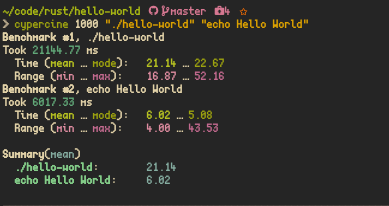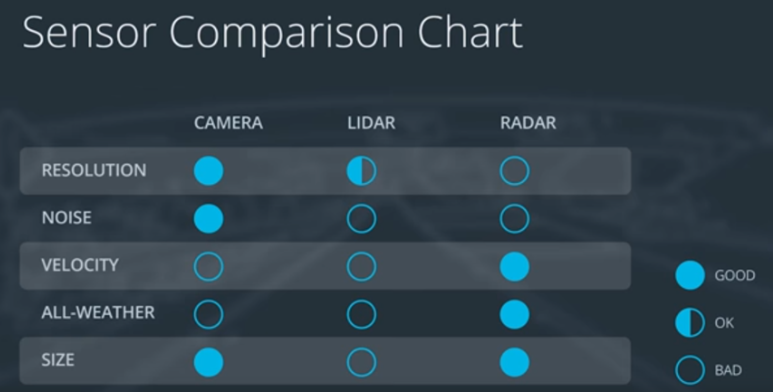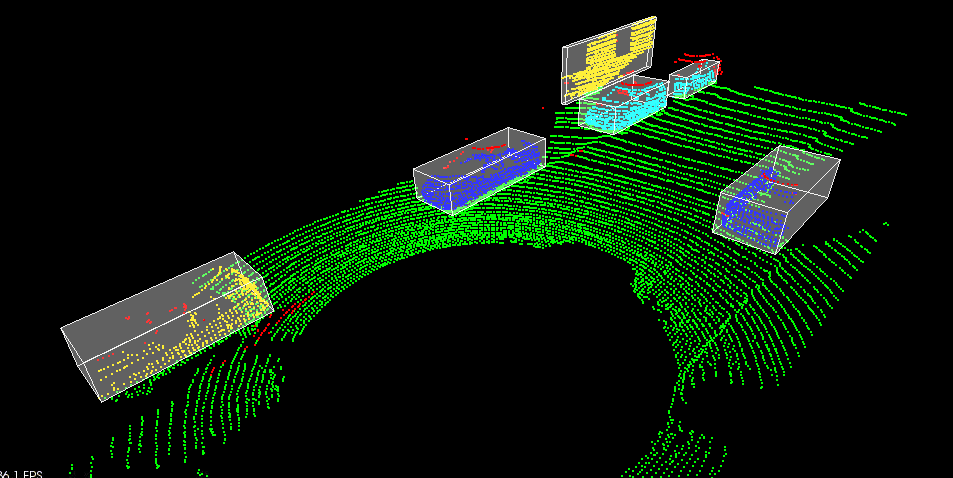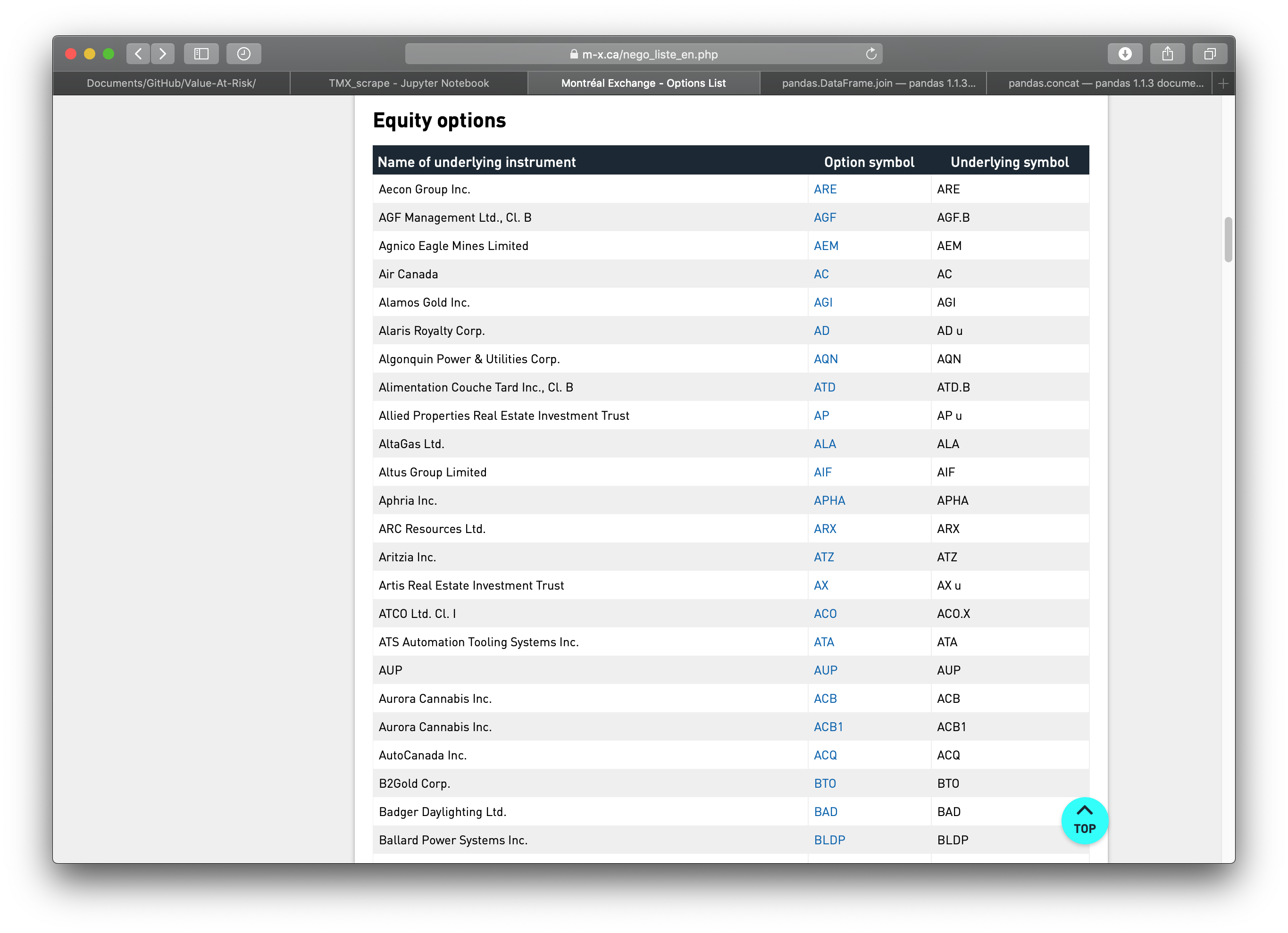Based on @proscom/xlsx-to-database
CLI tool to import sheets from xlsx files into temporal database tables that are much easier to work with.
- It optionally triggers PHP Laravel artisan commands to track the progress of the import into your Laravel app.
- You can interact with those artisan commands by using the laravel package, it also allow you to easily interact with the temporal data: laravel-spreadsheet-importer
- Compatible with multiple formats, see the compatible formated in the dependency (https://www.npmjs.com/package/xlsx#file-formats)
- Once the temporal table is uploaded, you can play with the data, execute Eloquent & SQL queries, import the content into the final table, etc., and of course once you finish working with the data you can remove the temporal table.
- Using node instead of PHP for reading and import spreadsheets is considerably faster, also, because you will work with a temporal database table, the data is much easier to work with and the operations are faster.
- Compatible with PostgreSQL as MySQL
Uses pg-copy-streams for faster inserts in PostgreSql datatabases.
Uses xlsx to parse xlsx files.
npm install @alfonsobries/xlsx-laravel-spreadsheet-importer --save
Create a .env file with the database settings (If the files exists in your laravel app this step is not neccesary)
DB_CONNECTION=pgsql # or mysql
DB_HOST=127.0.0.1
DB_PORT=5432
DB_DATABASE=my_database
DB_USERNAME=admin
DB_PASSWORD=
$ ./node_modules/.bin/xlsx-laravel-spreadsheet-importer \
-i input.xlsx \
Or for a laravel app
$ ./node_modules/.bin/xlsx-laravel-spreadsheet-importer \
-i input.xlsx \
--php /usr/bin/php \
--artisan /home/myproject/path/artisan \
--env testing
--relatedId 1
--relatedClass "App\Models\MyModel"
The laravel package automatically generates this command for you: laravel-spreadsheet-importer
$ xlsx-laravel-spreadsheet-importer --help
Options:
--help Show help [boolean]
--version Show version number [boolean]
--input, -i Input xlsx file [string] [required]
--sheets, -s Only import specified sheets [array]
--sheetsIndex, --si Only import specified sheets index [array]
--prefix, -p Prefix is prepended to the table name
[string] [default: ""]
--tableNames, -n Table names to use when storing the data (instead of the
sheet name) [array] [default: []]
--batchSize, -b Amount of rows per single insert query
[number] [default: 1000]
--drop Drops and recreates matched tables
[boolean] [default: false]
--create, -c Creates tables [boolean] [default: false]
--id If set generates and ID column with the value
[string] [default: null]
--relatedId Name of the related ID where the data comes from (to send
to the artisan command) [string] [default: null]
--relatedClass Name of the related Model Class where the data comes from
(to send to the artisan command) [string] [default: null]
--columns Extra column:value to add into the database
[array] [default: []]
--formatted, -f Read as formatted text by default
[boolean] [default: false]
--artisan Laravel php artisan path [string] [default: ""]
--php php executable path [string] [default: "php"]
--env enviroment to sent to the artisan command
[string] [default: ""]
If the --artisan option is set it will create a Laravel artisan command with the progress of the import that can be read in a Laravel app.
| Option | Possible values | Description |
|---|---|---|
| –relatedClass | Any value used a relatedClass param |
Optional id that was sent as a param when running the script (useful to associate the data to a model for example) |
| –relatedId | Any value used a relatedId param |
Optional id that was sent as a param when running the script (useful to associate the data to a model for example) |
| –type | started, readed, connected, total_rows, table_created, error, finished,processing |
|
| –data | Depends of the type of the progress, for total_rows the number of rows, for table_created the name of the table, for error the error message, for processing the total rows processed |
Data related with the progress type |
| –env | Laravel app enviroment | Optional env that was sent as a param when running the script (to run the artisan command in different enviroments) |
| –pid | The current process id | The process id of the running script, useful for kill the process if neccesary |























